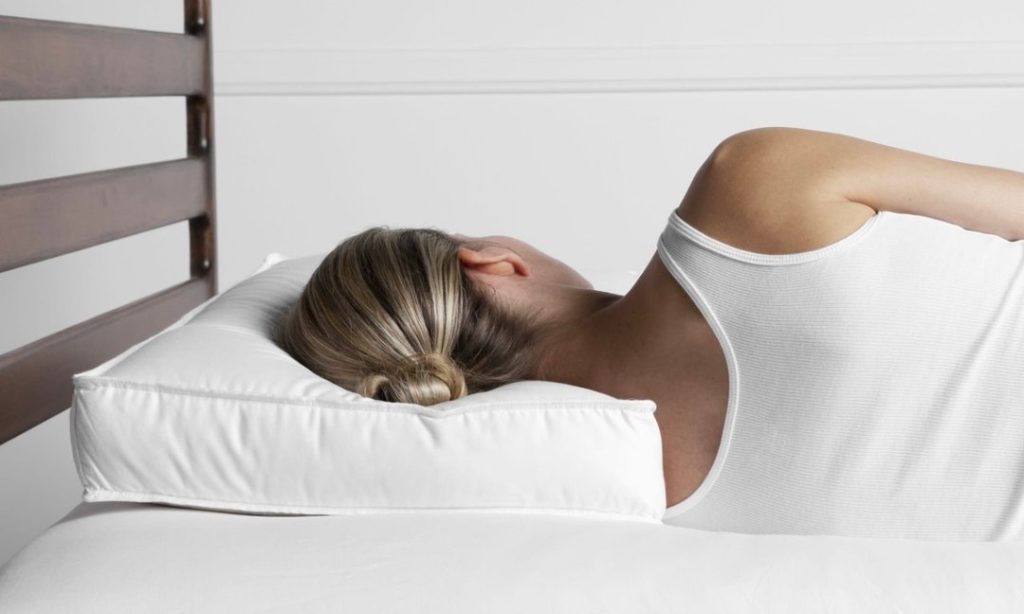Sleep is one of the most essential aspects of overall health, but many people overlook the role of body position. How you sleep can affect everything from breathing and digestion to joint health and circulation. Among the different positions, side sleeping is one of the most widely recommended because of its potential benefits for both physical comfort and long-term well-being. Understanding why side sleeping matters can help people make more informed choices about their nightly rest.
Benefits for Spinal Alignment
One of the main advantages of side sleeping is that it supports natural spinal alignment. When the body is positioned correctly with a supportive mattress and pillow, the spine maintains a neutral curve. This helps reduce back and neck pain, two of the most common complaints linked to poor sleeping posture. Placing a pillow between the knees can further improve alignment, preventing strain on the hips and lower back.

Support for Digestion and Circulation
Sleeping on your side can also improve digestive health. Gravity assists in moving food more smoothly through the system, which may help reduce issues like acid reflux or heartburn, particularly when lying on the left side. In addition, side sleeping promotes better blood circulation, which is especially beneficial for people with conditions that affect veins or for pregnant women who need to optimize blood flow for both themselves and their baby.
Reduced Snoring and Sleep Apnea
For individuals who struggle with snoring or sleep apnea, side sleeping can make a significant difference. Lying on the back often causes the tongue and soft tissues in the throat to collapse backward, restricting airflow. On the side, the airway remains more open, which reduces the likelihood of disruptive breathing. Many specialists recommend side sleeping as a non-invasive strategy for improving sleep quality in people with mild to moderate apnea.
Pregnancy and Side Sleeping
Pregnant women are often encouraged to sleep on their left side. This position enhances circulation, ensures better delivery of oxygen and nutrients to the baby, and reduces pressure on vital organs. It can also relieve back pain and swelling in the legs. While adjusting to this position may take time, supportive pillows placed behind the back and between the legs can make it much more comfortable.
Potential Downsides to Be Aware Of
Although side sleeping offers many benefits, it is not without drawbacks. Some people may experience shoulder stiffness or numbness due to prolonged pressure on one side. Skin compression may also contribute to wrinkles over time. To minimize these effects, switching sides during the night and using a supportive pillow can provide balance and reduce strain.
Tips for Better Side Sleeping
To maximize the advantages of side sleeping:
- Use a medium-firm mattress that cushions pressure points.
- Choose a pillow that fills the gap between your neck and shoulder.
- Place a pillow between your knees to align hips and spine.
- Alternate sides throughout the week to prevent uneven pressure.
- These small adjustments can turn side sleeping into a highly restorative experience.

A Healthier Night’s Rest
While there is no single perfect sleep position for everyone, side sleeping stands out as one of the most beneficial. It supports spinal health, eases digestion, improves breathing, and enhances circulation. By pairing this position with the right mattress and pillows, individuals can improve both the quality and the comfort of their nightly rest. Making this small adjustment may lead to better mornings, improved energy, and long-term health benefits.

















